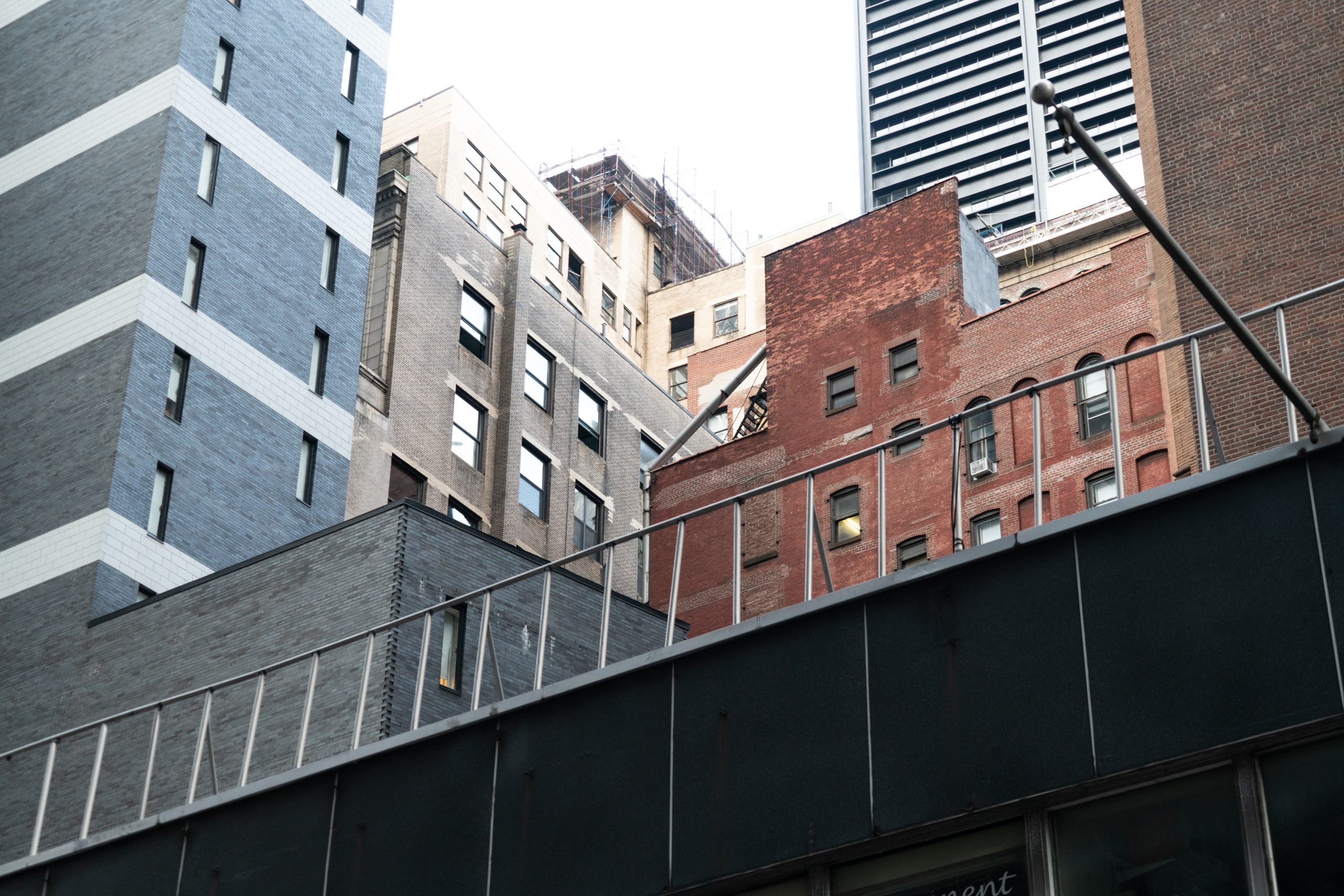Some Loft Law Coverage Basics
July 28, 2022
I was involved in a representation that involved the issue of Loft Law coverage. That made me realize how little information there is available to lawyers on the issue of Loft Law coverage (Multiple Dwelling Law Article 7C “Legalization of Interim Multiple Dwellings”). There is even less information on the issue available to the public. I ended up writing my own internal piece on the issue of Loft Law coverage. The matter I was involved in having concluded in a mutually beneficial fashion for both sides, I decided to share a bit of my research and make a blog post on the issue of Loft Law coverage.
Tenant has the burden of proof on the issue of Loft Law coverage.
In determining whether a structure is subject to the Loft Law, the proponent for coverage bears the burden of proving that the subject units were residentially occupied as required by the statute during the window period. Laermer v. New York City Loft Bd., 184 AD2d 339 [1st Dept 1992], lv. denied 81 NY2d 701 [1992].
Tenants often seek to prove Loft Law coverage with the testimony of other tenants in the subject building.
Tenants often seek to prove Loft Law coverage with the testimony of other tenants in the subject building. In Kaplan v. New York City Loft Bd., 159 AD2d 439 [1st Dept 1990] the court held:
Petitioner failed to sustain his burden of establishing two other residential tenancies besides his own during the ‘window period’ (Multiple Dwelling Law § 281), so as to qualify for protection under the Loft Conversion Law. Petitioner’s application was actually in succession to an earlier application by two other tenants, who subsequently withdrew their applications with an acknowledgement that they had not in fact been residential tenants during the “window period”. To the extent that the testimony of these two former applicants might have been favorable to petitioner, he must bear the consequences of his failure to enforce his subpoenas for their appearance, especially in light of the obviously crucial nature of such testimony to his application, and the indulgence of the administrative agency in giving petitioner any additional time he needed to produce those witnesses. Petitioner received all manner of due process, and, contrary to his claim that he did not, the claim was not made at the administrative level. Under the circumstances he was not entitled to dismissal of the administrative proceeding ‘without prejudice.’”
For there to be a finding of Loft Law coverage a majority of the floor area must be converted into a dwelling.
In order for a unit to qualify as a covered residence, it must possess sufficient indicia of independent living to demonstrate its use as a family residence. This includes a showing that the premises have been converted, at least in part, into a dwelling. Anthony v. New York City Loft Bd., 122 AD2d 725, 727 [1st Dept 1986], states:
At best, the record discloses that during the critical window period petitioner’s loft was occupied on and off for months at a time. The nature of the occupancy was, however, not indicative of ‘independent living’. Rather, the occupancy seems to have been exclusively as an incident to the essentially commercial activities of petitioner’s dance studio. Those who stayed at the studio did so not to establish an independent home there, but as a temporary convenience to facilitate their attendance, study and work at the studio. The loft’s lack of basic amenities such as a bath, a shower, and a stove, and petitioner’s maintenance of permanent living quarters elsewhere, supports the view that prolonged residential use of the loft independent from its commercial use was not contemplated during the window period. The protection of the Loft Law however, extends only to predominantly residential uses with an integrity apart from possibly adjacent commercial activities. When, as here, the residential use appears to be only an incident to the commercial use it is not of a sufficiently distinct character to warrant Loft Law coverage…”
Where only a small portion of the space is devoted to residential use, and residential amenities are lacking, the premises are not covered. See Matter of Amann v. New York City Loft Board, 262 AD2d 234, 234–235 [1st Dept 1999].
For there to be a finding of Loft Law coverage the subject unit may not be the only or primary residence of occupant.
For coverage purposes, a unit need not be the sole residence or the primary residence of the occupant during the window period. Matter of Vlachos v. New York City Loft Bd., 70 NY2d 769, 770 [1987]; Kaufman v. American Electrofax Corp., 102 AD2d 140, 142 [1st Dept. 1984].
Loft Law coverage requires that the building is capable of being legally converted to residential use.
In 223-15th Street Corp. v. Basse, 38 Misc.3d 499 [Supreme Court, Kings County, 2012], the owner failed to demonstrate that the residential use of its building could not be legalized, although owner’s architect opined in an affidavit that the building could not be legalized for residential usage in any reasonable manner because the distance between the rear lot line and the building’s windows was less than five feet. The tenants’ architect submitted plans and drawings for three proposals showing how the building could be altered to comply with the building code. Owner’s architect failed to support his argument that one of tenants’ three proposals was excessively expensive and physically impracticable, and the architect failed to address the feasibility of the other two proposals.
The Loft Law coverage windows will be strictly respected.
In Wolinsky v. Kee Yip Realty Corp., 2 NY3d 487 [2004], New York State’s highest court held:
By adopting an eligibility period that was closed at the time of the enactment, the Legislature demonstrated its intent to provide the benefits of the Loft Law only to existing residential tenancies, not to encourage new conversions of loft space. It is clear that tenants’ residential occupancies of the commercially-leased units are not within the purview of the Loft Law. The units were first used for residential purposes in 1997, almost two decades after expiration of the Loft Law eligibility window period.”
Respectfully submitted,






